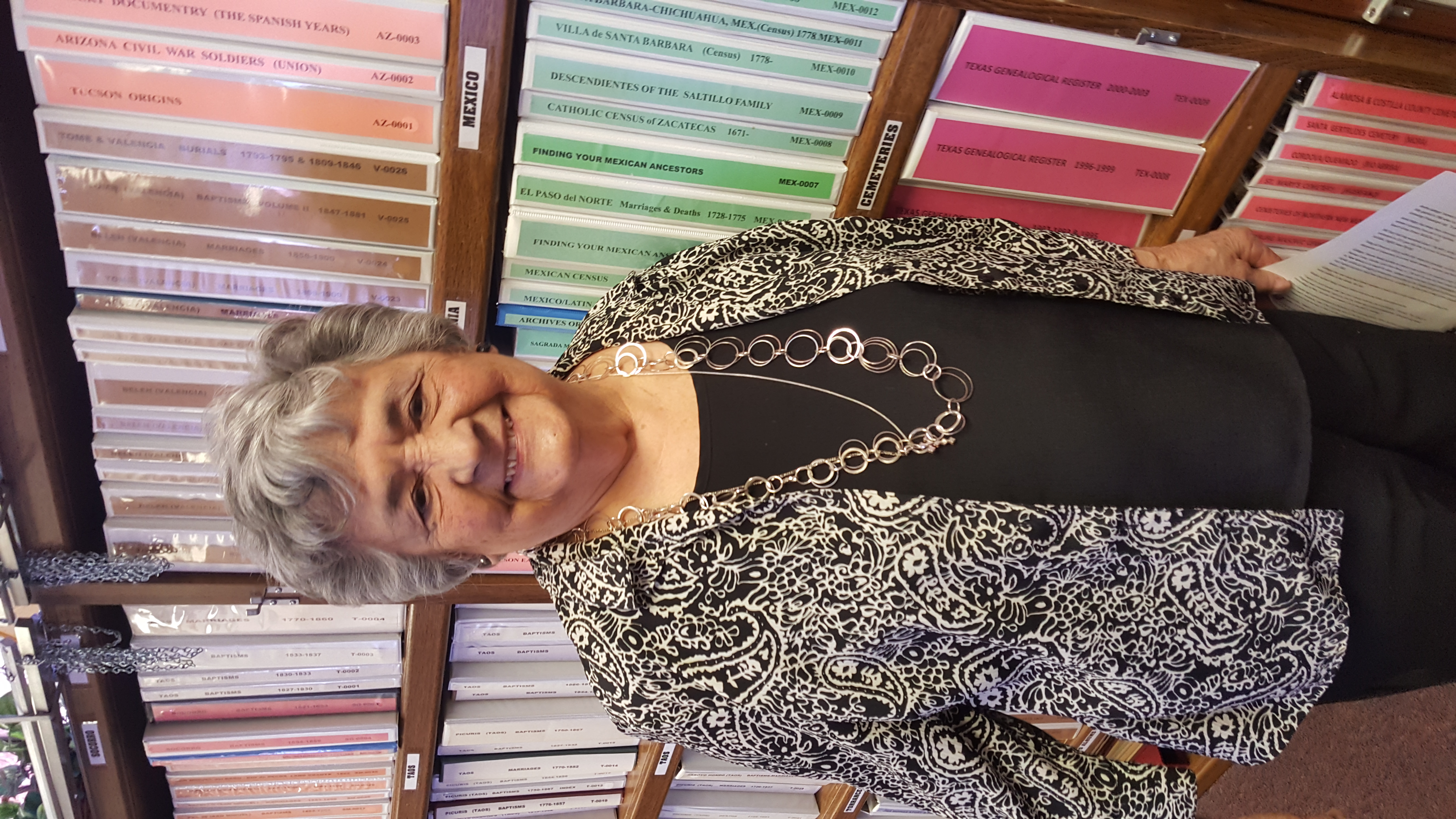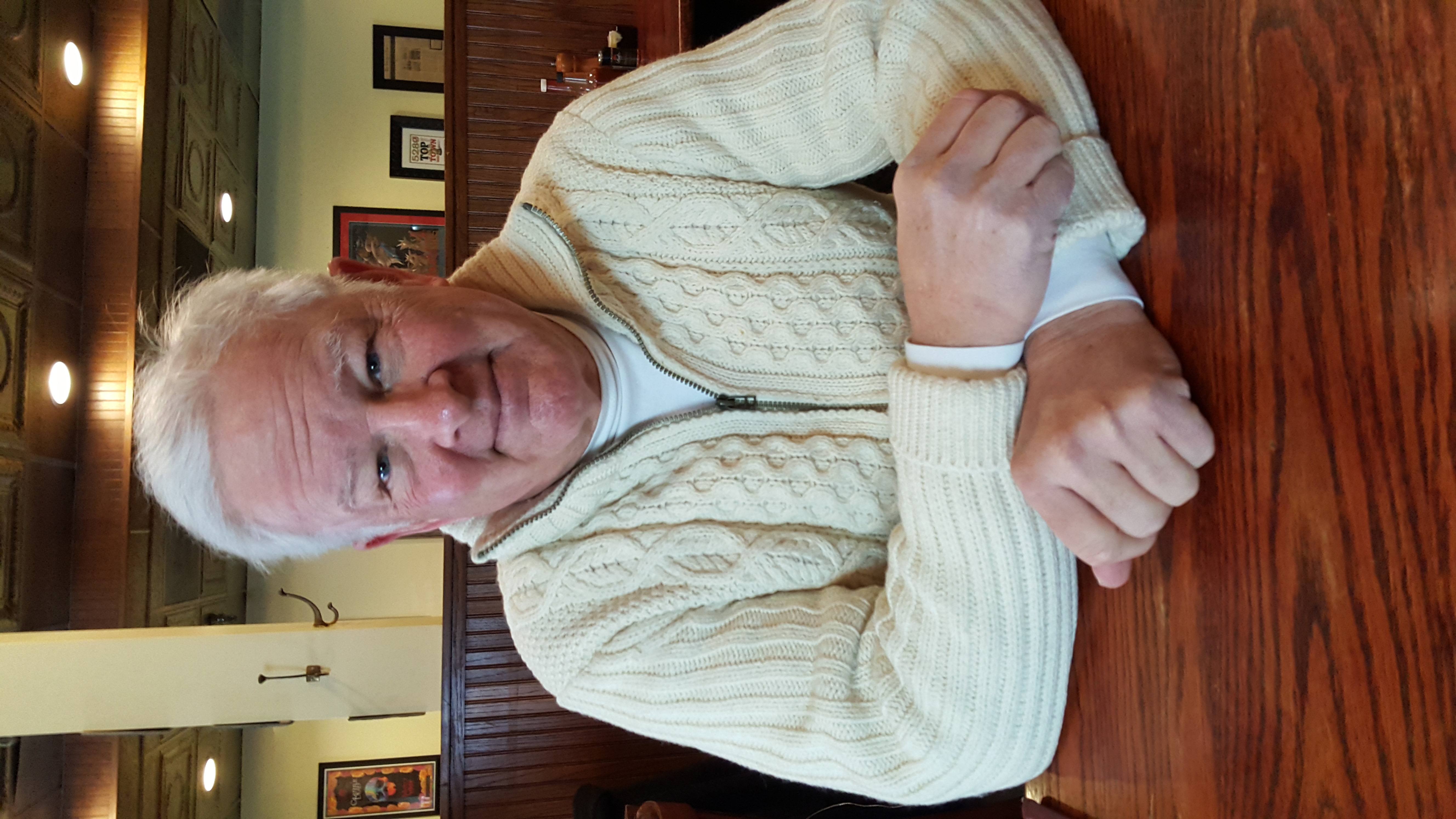AARP Hearing Center
Bertha Gallegos’ interest in family research started with doing genealogy projects in high school. But it fully sparked in 1986 when her brother took her to a meeting of the Colorado Society of Hispanic Genealogy (hispanicgen.org), “to give me something to do,” she said.
Annie Mabry had always been interested in family history. “I became more interested when I couldn’t answer a question from one of my nephews,” she said. And in 1994, that led her to Black Genealogy Search Group Denver (BGSGDen.org).
Bill Tracy had long wondered about a ring with a family crest that was given to him by his father. His retirement in 2015 gave him time to pursue his search and to WISE Family History Society - Welch, Irish, Scottish, English (wise-fhs.org).
Today all three are officers within their respective genealogy societies, and have been amazed by their discoveries of connections to current family members, ancestors and history.

Gallegos’ diverse family includes an ancestor who came to the Americas at age 15 as a soldier with Hernan Cortez. Another came from Mexico in 1598 with the Juan de Onate mission that founded Santa Fe, New Mexico in its search for silver. Gallegos holds a Colorado Council of Genealogical Society First Family certificate through a grandmother who settled on the Conejos land grant in Colorado in 1857. A First Family ancestors must have been born in, or settled in, the land area of what is now Colorado before 1861.
Gallegos has met many local family members as well. A first cousin is about to print a book about the early settlers in her family, she says.
Mabry started doing research before Ancestry.com and other research databases existed.
“I went to court houses and read local county histories and oral histories,” she said. “The Library of Virginia was a wonderful resource, and my father was a whole encyclopedia. I did audio and video recordings of him, and also interviewed a lot of my elderly relatives.”
Mabry tracks eight great-grandparent branches of her extended family. While she knew some of her ancestors were enslaved, one of her surprises was to find that three branches were born free in Virginia. Another treasured surprise was to find a written description of her second great-grandmother.
“There are no photos,” Mabry said, “so it was wonderful to have this description of what she looked like. She was only 4-feet 10 inches tall.
“This research has given me the satisfaction of some surprises, of knowing my ancestors and of being able to pass this information on to future generations,” she said.
Bill Tracy’s father left him a ring with the crest of an English family named Tracy. That and a desire to find more relatives than the single first cousin he knew of spurred his genealogical research. He’d been collecting what information he could, but really got underway when he retired.

“I got involved in Ancestry.com and took a class on genealogy research at Denver Public Library that opened the door to a range of resources,” Tracy said.
Today, Tracy tracks not only his family tree but also those of his wife, three sons-in-law and a sister-in-law. He has nearly 20,000 individuals in what he calls his “aspen grove” of trees. He has found links between those trees and links dating back to the 800s to historic figures such as Nathan Hale and the Plantagenet kings of France and England. He has traveled to New England and Pennsylvania pursuing historical records and attends online meetings of the Bucks County, Pennsylvania genealogical society.
Through a number of DNA tests he has learned that his Tracy ancestors were Irish, and not members of the English family whose crest appeared on his father’s ring. And he’s found Liam Tracy, his Irish fourth cousin once removed, with whom he’s in regular contact.
“There’s no foreseeable end in sight,” said Tracy of his research, which includes records dating to the 800s. “My goal is to know all of my kin, third cousins or better.”
Gallegos, Mabry and Tracy all recommend starting a search with a good introductory class and by talking with elderly family members and friends. Each of their societies hold monthly educational meetings and quarterly events with special speakers and field trips.
“Start now, start immediately,” said Mabry. “Interview any elderly person. Validate everything; find records. And join a genealogical group to learn the proper way to research and document.”
To find a group, contact Colorado Council of Genealogical Societies (cocouncil.org). Its three dozen members include county societies from Adams through Weld counties, and a range of ethnic and related professional organizations. A wealth of information is also available at Denver Public Library at http://history.denverlibrary.org/news/genealogy.































































